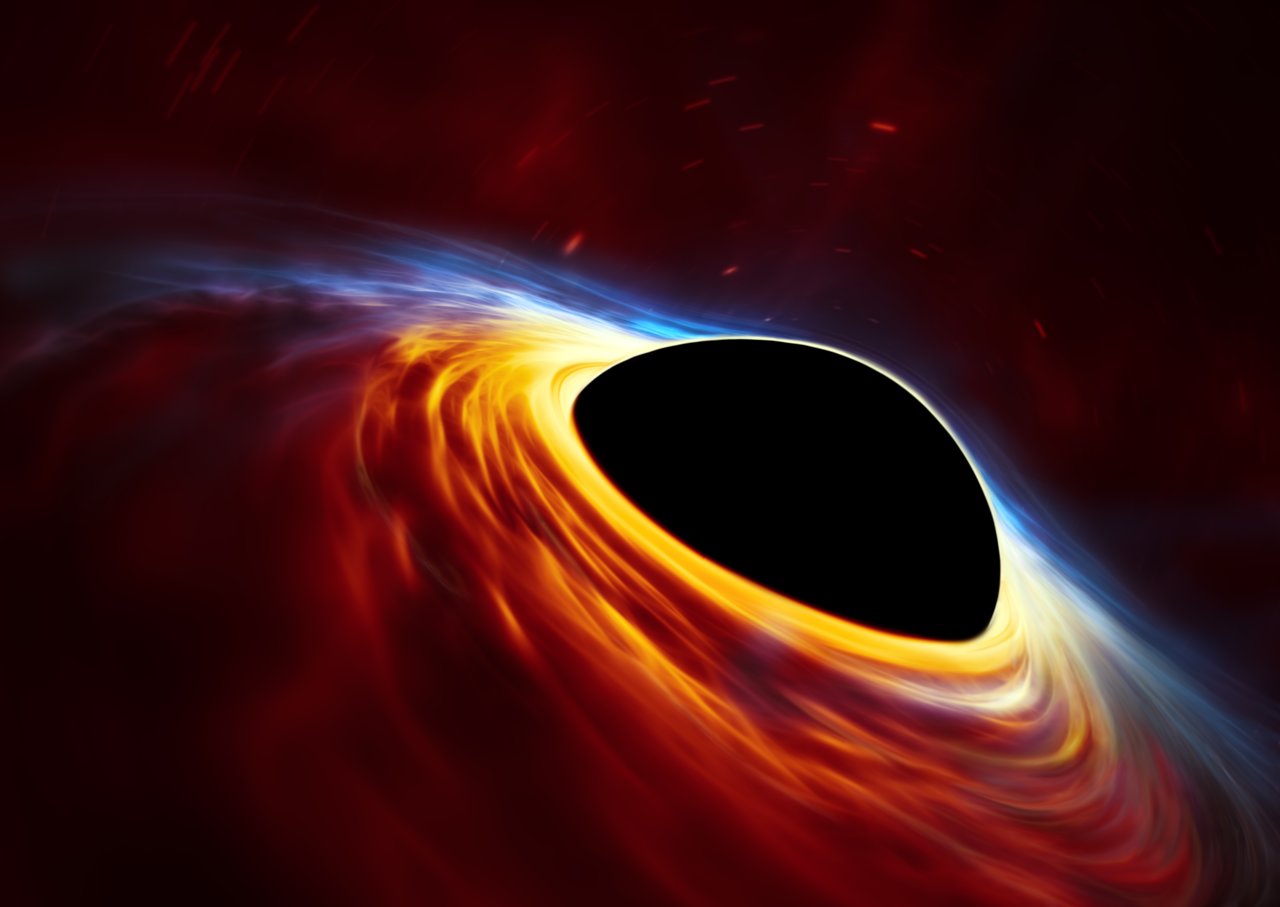The idea of the instability of accretion disks around black holes, neutron stars and protoplanets might be revised. This is what theoretical plasma physicists Hans Goedbloed (DIFFER) and Rony Keppens (KU Leuven) argue. In a 48-page mathematical breakdown, they suggest a new paradigm for 3D turbulence in accretion disks. Their paper has been accepted for publication in The Astrophysical Journal Supplement Series.

(c) ESO/ESA/Hubble/M.Kornmesser
In astrophysics, accretion occurs whenever a massive object gets greedy: gobbling up all matter -- or even light -- from its surroundings. Accretion disks are now observed and photographed, with the most famous example the one surrounding the black hole at the center of the M87 galaxy, in the iconic 2017 Event Horizon Telescope image. That accretion disk, and many others, is turbulently feeding the black hole with plasma: the most abundant state of matter in our universe.
During the last three decades, the astrophysical literature collected ever-growing evidence that magnetic fields, however weak they may be, play a decisive role in triggering this turbulent flow. A process now simply referred to by its acronym MRI, for magneto-rotational instability, provides a universally accepted explanation of why magnetized accretion disks turn turbulent at all. Magnetic fields, and a rotation rate that decreases away from the central accreting object, together introduce a runaway process governed by conservation of angular momentum.
However, as a recently accepted manuscript for The Astrophysical Journal Supplement Series intends to show, the MRI diverts our attention to specially constructed (axisymmetric), natural eigenfrequencies of the disk. This focus on eigenfrequencies is physically sound, just like we appreciate music through the natural vibrations of a guitar string.
Surf the disk
A rigorous mathematical analysis now reveals that we may go beyond these pure natural resonances, and look for any growing wave package that just needs a tiny amount of added energy (just like the guitar player does by plucking the string). This opens up an entirely new window on what drives turbulence in accretion disks, with a decisive role for very localized wave packages that surf the disk at speeds larger than the Nobel-prize winning Alfvén speed.
These Super-Alfvénic rotational instabilities - SARIs for short - are completely unprecedented, and since they no longer adopt artificial axisymmetry, may drive processes enhancing the magnetic field in-situ, acting as a dynamo. This new concept for turbulence in accretion disks required the solution of intricate mathematical equations, where singular behavior is key. Since the singular behavior of mathematical equations gave birth to black holes, it is satisfying to discover that turbulent processes near black holes thrive on singularities as well.
Source: KU Leuven
Go to the News page.